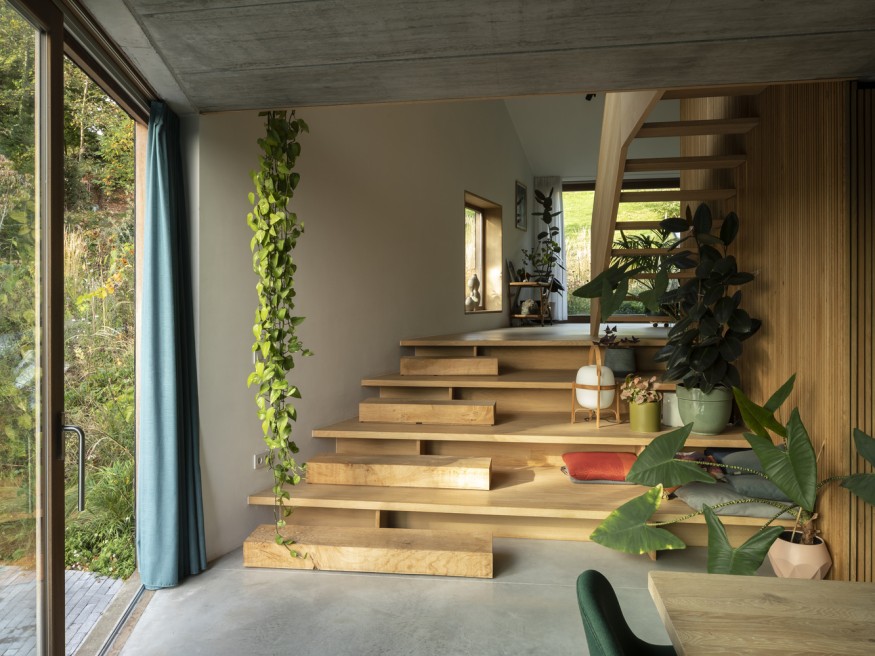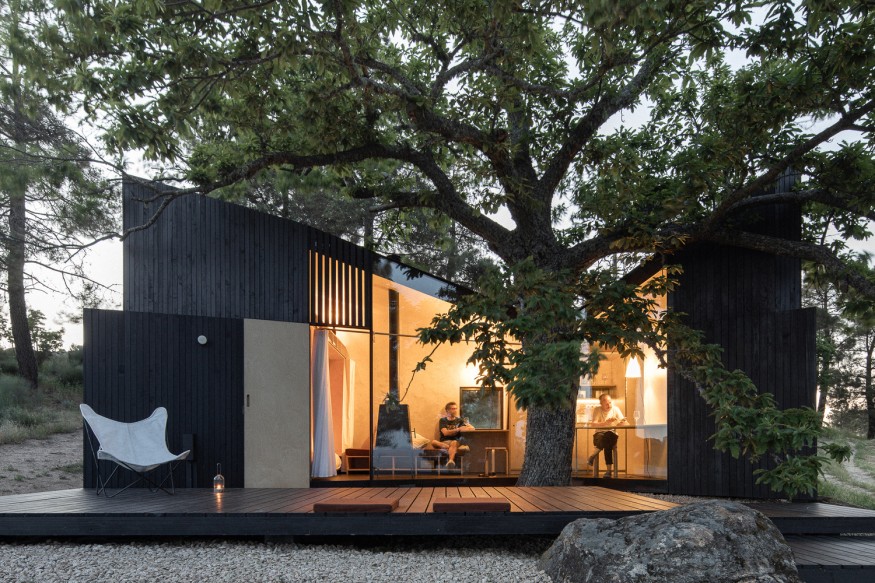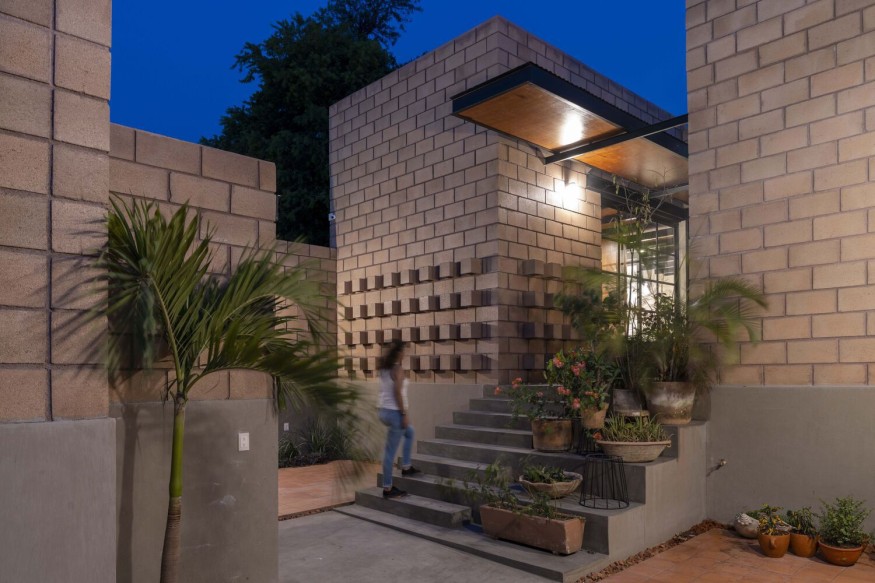Basic Methods for Mastering the Art of Acoustic Comfort in Residential Architecture
Regarding residential architecture, location, light availability, and noise levels are critical in establishing cozy living areas. Despite the widespread belief that single-family homes are shielded from city noise, high-rise apartment buildings are becoming increasingly popular, which calls for a more advanced approach to acoustic design. This article looks at basic methods for creating acoustic comfort in residential settings, emphasizing the value of insulation and sound absorption. From the choice of materials to construction techniques, architects can implement key principles to create homes prioritizing tranquility and optimal sound environments.
Understanding Sound Propagation
In residential design, preventing the spread of external noise into the building is a common objective. However, internal sound dispersion is equally important, especially in vertical structures like apartments or traditional houses with shared walls. Achieving acoustic comfort involves addressing both aspects of sound propagation. Materials used in construction should be carefully selected based on their ability to insulate or absorb sound waves. This understanding forms the foundation for a well-executed acoustic engineering plan, contributing to a harmonious living environment.
Materials for Acoustic Comfort

Wood
Wood is a versatile and aesthetically pleasing material frequently used in residential architecture because of its acoustic qualities. Wood is a good material for ceilings, floors, and wall coverings because it can absorb sound waves. Additionally, slatted or indented wooden panels can reduce sound reflection compared to smooth surfaces. Integrating a layer of insulating material, such as rock wool, between the wood and the underlying surface enhances acoustic performance, demonstrating the dual functionality of wood in both form and function.
Also Read : Eldry John Infante's Transformed Oil Platform Claims Top Honors at the Architecture Drawing Prize 2023

Cork
Derived from the bark of the cork oak tree, cork shares thermo-acoustic properties with wood. It is an effective covering or filler material, absorbing sound waves and contributing to acoustic comfort. The organic nature of cork makes it an environmentally friendly option, although its production requires mature trees aged between 25 and 30 years. To address sustainability concerns, cork sourced from recycling processes or waste generated during production can be utilized, showcasing a balance between acoustic performance and ecological responsibility.

Thick or Composite Walls
A crucial aspect of acoustic comfort lies in preventing sound leakage between spaces. Thick or composite walls with significant mass and density, often called sandwich structures, effectively block noise transmission. These walls, incorporating a core of thermal, acoustic, or dual-insulating material between two external layers, provide robust sound isolation. However, isolating structures does not guarantee optimal sound quality within a space, necessitating additional sound treatment within the environment.

Composite Roofing
Roofing, like walls, can significantly impact acoustic performance within a residential space. Architects can enhance sound insulation through lined, treated, or composite roofing. Sandwich roof tiles, known for their standardized nature, provide a convenient option, but combining different materials can achieve similar effects. Wood and insulating materials between the ceiling and the slab offer flexibility, especially in self-construction processes, as evidenced by using Domotej roofing in the Manancial house.
Creating acoustic comfort in residential architecture requires thoughtfully integrating materials, techniques, and design principles. Architects have various tools, from the deliberate use of wood and cork to implementing thick walls and composite roofing. The fundamental understanding of sound interaction with surfaces lays the groundwork for successful acoustic design. Whether aiming for silence or amplification, carefully considering materials and construction techniques can transform a house into a haven of tranquility, enhancing its inhabitants' overall quality of life.
From Digital Models to 3D-Printed Homes: Jaspreet Kaur Lall Explains How the Innovation Changes the Construction Industry

Future Belongs to Green Construction: Sampath Kumar Paspunoori Explains One of the Key Trends in the Construction Industry

Kamala Harris' Campaign Ad Uses Iconic Visuals from Carrie Mae Weems to Connect with Voters

Historic Ancient Roman Ruins in Baalbek Remain Strong After Israeli Air Strikes; Locals Seek Cultural Protection

4 Ways to Honor Departed Loved Ones in Your Home Design










